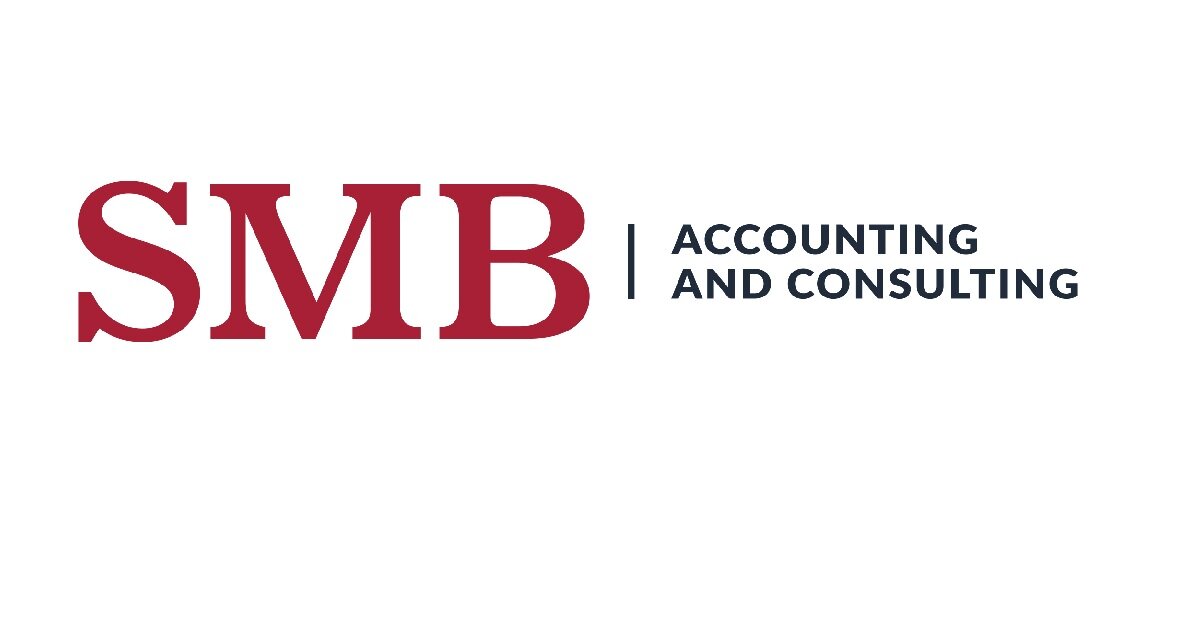Common Accounting Mistakes: Government Edition - Issue #12 R&D
Many small business federal contractors begin with research and development (R&D) contracts or grants as part of the Small Business Innovation Research (SBIR) and Small Business Technology Transfer (STTR) programs. These programs are offered by the government to encourage innovation with the potential for commercialization. These programs often result in technology or products that begin with government use and then become commercial items. More information regarding these programs can be found at sbir.gov/about.
For tax purposes, guidance may be different, but for this article’s purpose, the methods of recording R&D in a contractor’s accounting system will be discussed.
Any paid research and development program such as SBIR/STTR becomes a normal contract for services. Expenses associated with the work will get recorded as cost of goods sold, not R&D expenses. The contract revenue is recorded and cost of goods applied against that income to determine the gross profit. Even though the work is R&D, it is not categorized as such because it is funded from an outside stakeholder.
R&D work that is paid by the company is recorded differently. Typically it is recorded when the expense is incurred in an R&D expense account. These costs should be well documented and should follow an organized method of research with recognized goals. There are some exceptions to this accounting treatment. Some R&D costs can be capitalized, or lumped together to be spread out over a specific number of years. Typically this relates to R&D work related to creation or further improvement of a fixed asset. Software R&D also has different benchmarks. There are 3 phases; 1) feasibility, studies, and software production, 2) distribution, and 3) sales. Only the production phase can be capitalized. All other costs must be recognized when spent.
These different methods of accounting for R&D costs can be audit hot spots for both the government contracting and IRS auditors. Ensuring costs are recorded and documented properly will alleviate potential future issues.

